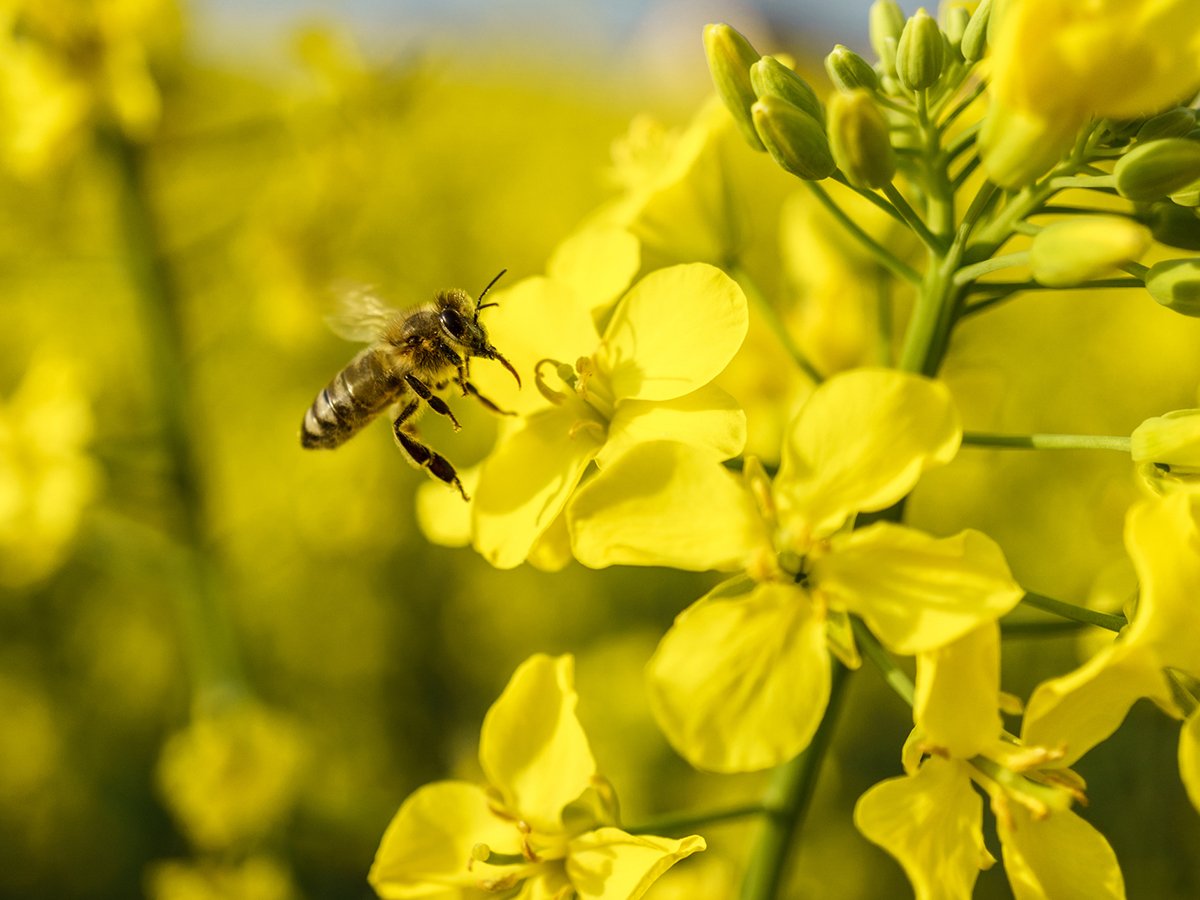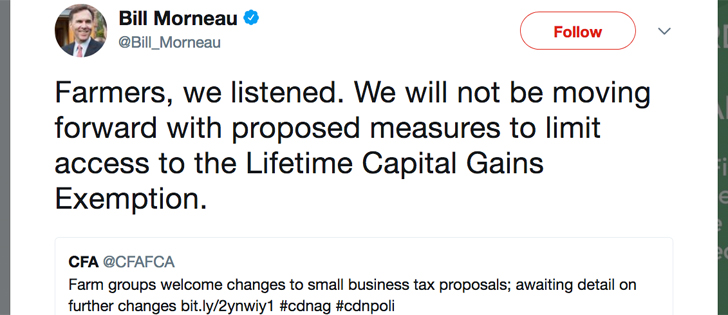“All of us will be tenant farmers, the way it’s going. Young guys can’t afford to buy this overpriced farmland.”
This is an increasingly common viewpoint. The blame, particularly in Saskatchewan, is typically placed on out-of-province farmland investment companies.
Interestingly, the investment companies are not nearly as active in Alberta and Manitoba ,where farmland could always be bought by other Canadians.
In Saskatchewan, where the ownership laws were only changed in the last decade, farmland has been widely viewed as undervalued, and outside investors have sensed an opportunity.
Read Also

Invigor Gold variety viewed as threat to condiment mustard
Invigor Gold, the canola-quality mustard developed by BASF, is on a collision course with Canada’s condiment mustard industry. It’s difficult to see how the two can co-exist.
It’s difficult to know how much their involvement has influenced price levels. The vast majority of land is still sold to existing producers.
So what’s wrong with renting farmland from an investor if you can’t afford the purchase price?
Many believe, with good justification, that owning land is the main way that farmers ultimately build equity. There might be money to be made renting during good years, but it pales in comparison to what you can gain as land prices continue to increase.
If you really believe land has no-where to go but up, how can you consider it overpriced? There’s the rub. There’s no guarantee that prices will continue to escalate. We could see stagnation, and we could see prices back off if commodity prices go soft and interest rates rise.
Land has always been considered by many to be overpriced. That’s because it’s a productive asset, and it’s also an investment. If you borrowed money to buy land in 1980, you probably had a rough time paying for it. If you bought land a decade ago, when commodity prices were severely depressed, you now look like a genius.
Will there be another buying opportunity in the near future? Well, if you believe land is overpriced, there must be an opportunity coming. If the grain industry faces economic hardship and land prices stall or decline, you’ll still need conviction that conditions are going to turn around.
With hindsight, it’s easy to see when we should have been buying. It’s not easy to recognize those opportunities at the time.
One aspect of the land market has changed. Farms have become much larger, and investment companies own large chunks in many areas. When land comes up for sale, it’s often in large parcels.
You’d think that selling each quarter section to the highest bidder would be the way to maximize re-turns on the sale of a farm, but in many cases the whole farm is offered as an indivisible package.
That can make it tough for smaller and beginning farmers to be in-volved. They might be willing to bid on a quarter or half section that works into their existing operation, but they aren’t in a position to bid on a land base that’s larger than what they currently farm.
What about the investment companies? What will happen when they decide to sell some of their holdings? Might large parcels be flipped to another investment company or will local producers get a crack at buying smaller pieces?
Personally, I don’t have a problem with what’s happening in the land market. Prices could continue to rise, or they could stagnate or drop.
Everybody takes their chances. That’s how a market should work. There’s no need for governments to meddle.
I do have concerns when land never hits the competitive market and when the size of the offering makes it impossible for smaller players to participate.















